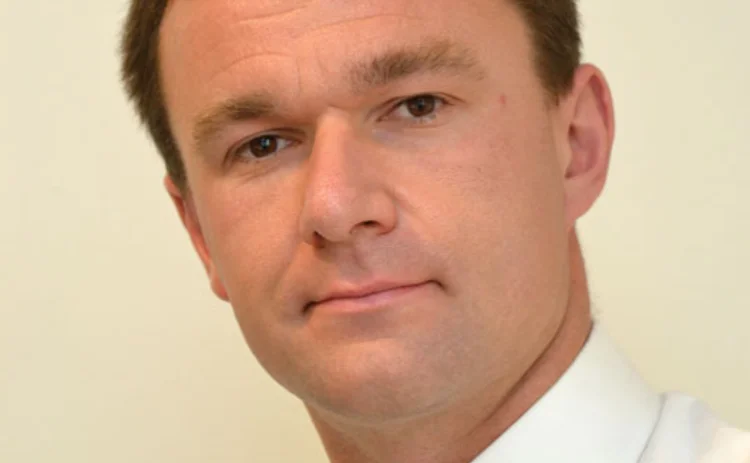
The problems with delayed enforcement
First UK Libor trial highlights the length of fraud investigations

Nearly a decade after the events in question, the first Libor-rigging trial is at last underway. Tom Hayes, a former trader with both UBS and Citi, faces charges of conspiracy to commit fraud in London's Southwark Crown Court. Hayes has pleaded not guilty on all charges; a verdict is not expected before mid-August.
Whatever the verdict in Hayes's case – and in the other trials which are to follow – it is still possible to deplore the length of time between the occasion and the trial. Hayes's charges date back to 2006. Any lessons learned from the outcome of his trial will, at this distance in history, have very little impact.
And this isn't just a case of the delays inherent in putting together a criminal case for trial (though these have been extensive in Hayes's case; he was charged in June 2013, and the trial, originally scheduled for January this year, was postponed). Whether or not Hayes committed any crimes, the time taken for the UK authorities – and UBS itself – to detect that Libor was being rigged was far too long. From 2005 to 2008, UK regulators found, the bank had no oversight mechanisms at all around Libor submissions; manipulation of the rate went completely undetected.
There are very good practical reasons why delays in the area of financial crime should be particularly counterproductive. For one thing, very few of the traders involved in Libor-setting in 2006 are now anywhere near where they were then. It is a recognised finding of criminology that deterrence is at its most effective, not when penalties are high, but when detection is sure and swift – hardly the situation now.
And deterrence is not the only purpose of punishment; there's also vengeance. Unpleasant though it is to contemplate, the human desire to see the guilty punished is very real, and very deep-rooted; and the banking industry, if it is to recover the public trust on which it depends, must convince them that it has suffered enough. Even the unprecedentedly large fines imposed by regulators over the last few years have not achieved this. Successful criminal prosecutions may do better; but it would have been better still if they could have happened years ago.
Only users who have a paid subscription or are part of a corporate subscription are able to print or copy content.
To access these options, along with all other subscription benefits, please contact info@risk.net or view our subscription options here: http://subscriptions.risk.net/subscribe
You are currently unable to print this content. Please contact info@risk.net to find out more.
You are currently unable to copy this content. Please contact info@risk.net to find out more.
Copyright Infopro Digital Limited. All rights reserved.
As outlined in our terms and conditions, https://www.infopro-digital.com/terms-and-conditions/subscriptions/ (point 2.4), printing is limited to a single copy.
If you would like to purchase additional rights please email info@risk.net
Copyright Infopro Digital Limited. All rights reserved.
You may share this content using our article tools. As outlined in our terms and conditions, https://www.infopro-digital.com/terms-and-conditions/subscriptions/ (clause 2.4), an Authorised User may only make one copy of the materials for their own personal use. You must also comply with the restrictions in clause 2.5.
If you would like to purchase additional rights please email info@risk.net
More on Operational risk
Integrated GRC solutions 2024: market update and vendor landscape
In the face of persistent digitisation challenges and the attendant transformation in business practices, many firms have been struggling to maintain governance and business continuity
Vendor spotlight: Dixtior AML transaction monitoring solutions
The Chartis Research report, AML transaction monitoring solutions, considers how, by working together, financial institutions, vendors and regulators can create more effective anti-money laundering (AML) systems.
Financial crime and compliance50 2024
The detailed analysis for the Financial crime and compliance50 considers firms’ technological advances and strategic direction to provide a complete view of how market leaders are driving transformation in this sector
Automating regulatory compliance and reporting
Flaws in the regulation of the banking sector have been addressed initially by Basel III, implemented last year. Financial institutions can comply with capital and liquidity requirements in a natively integrated yet modular environment by utilising…
Investment banks: the future of risk control
This Risk.net survey report explores the current state of risk controls in investment banks, the challenges of effective engagement across the three lines of defence, and the opportunity to develop a more dynamic approach to first-line risk control
Op risk outlook 2022: the legal perspective
Christoph Kurth, partner of the global financial institutions leadership team at Baker McKenzie, discusses the key themes emerging from Risk.net’s Top 10 op risks 2022 survey and how financial firms can better manage and mitigate the impact of…
Emerging trends in op risk
Karen Man, partner and member of the global financial institutions leadership team at Baker McKenzie, discusses emerging op risks in the wake of the Covid‑19 pandemic, a rise in cyber attacks, concerns around conduct and culture, and the complexities of…
Moving targets: the new rules of conduct risk
How are capital markets firms adapting their approaches to monitoring and managing conduct risk following the Covid‑19 pandemic? In a Risk.net webinar in association with NICE Actimize, the panel discusses changing regulatory requirements, the essentials…







